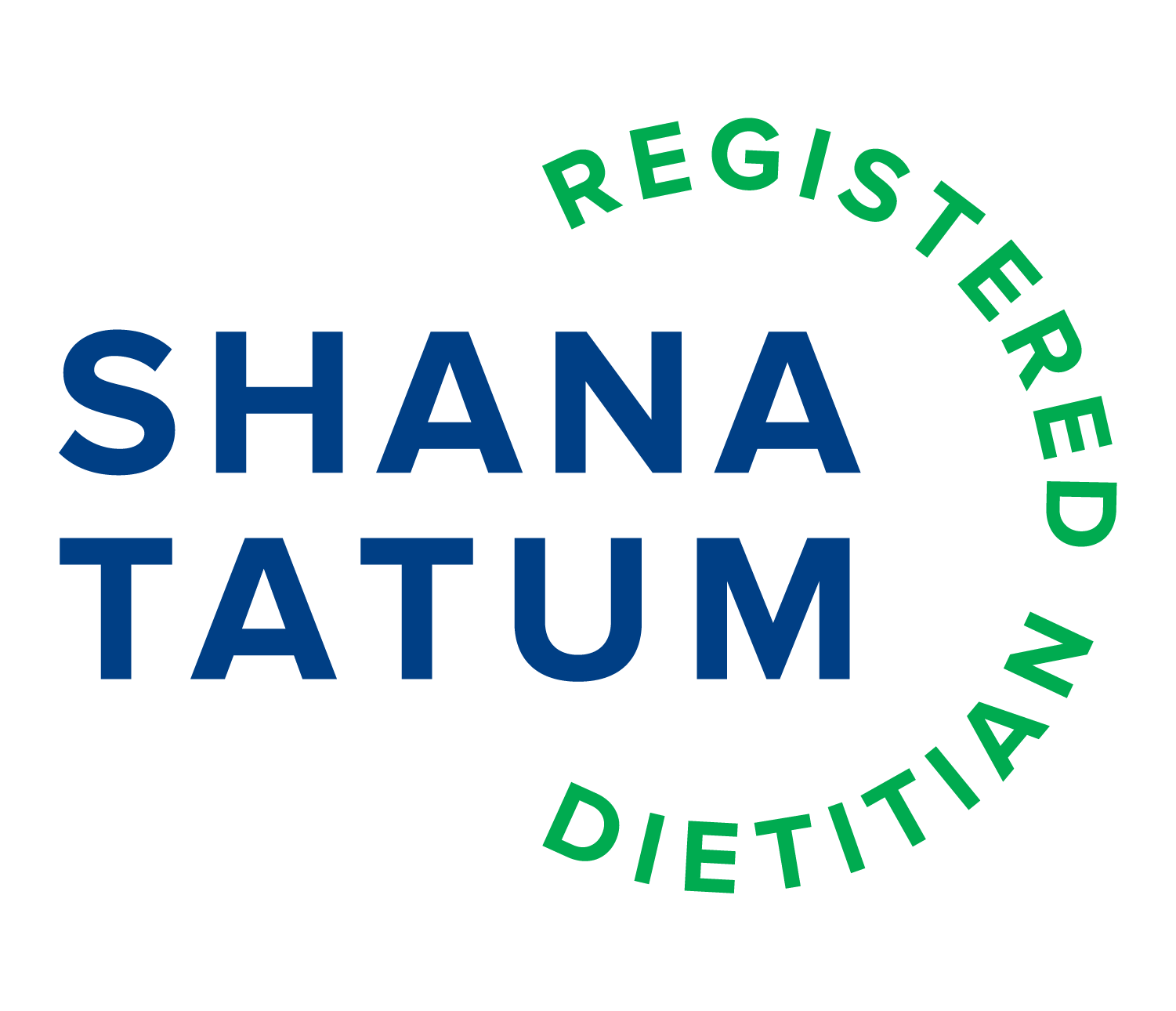Staying Healthy While Staying on a Budget
As we draw the year to a close, topics that usually occupy our thoughts for the New Year are resolutions that generally concern diet and saving money. These don’t have to be exclusive of one another. While many health seekers consider eating clean and healthy as expensive, there are strategies and tools to stay within your spending limits.
The Environmental Working Group (EWG) serves as a non-profit agency sharing information to protect public health and the environment. They are well known for the Skin Deep Cosmetics Database for safer cosmetic and beauty care products as well as the Clean Fifteen and Dirty Dozen shoppers guide to pesticides in produce. EWG publishes a guide for healthy eating on a budget. Geared toward Supplemental Nutrition Assistance Program (SNAP) recipients it gives all consumers tips, tools and recipes to shop and cook while on a budget and respecting the environment at the same time.
The guide gives practical advice for things to do before your shop, practices to consider at home and what to look for at the store, along with key resources that may help provide food and other support in the community. We know through Hurricane Harvey here in Houston that demand at the Houston Food Bank and area food pantries increased by 30%. Food insecurity is present in our communities.
The “Good Food on a Tight Budget, a Shopping Guide” shares ideas such as:
Freeze vegetables before they go bad. They are great in soups or smoothies.
Buy oatmeal in bulk and make your own. Individual packets are more expensive and are filled with added sugar and salt.
Eggs, beans, and nuts are excellent sources of protein and can be added to many soups salads and side dishes.
Raw nuts are less expensive. Roast at home. Nuts freeze well.
Dried beans can be soaked and cooked for several recipes during the week. Plan your menu to cook once and use again later.
Canned salmon offers an excellent source of calcium and Omega 3’s.
Dry milk powder plus water can make a low cost substitute in some recipes.
Skip trans fats – If the label says trans fats, beware. These should be limited for heart health.
Make your own cooking spray with a spray bottle and a favorite oil.
Buy peanut butter, vinegar and honey in bulk or larger sizes when on sale.
Cooking at home is a great way to save money and enjoy good food prepared together.
The guide shares recipes, a meal planner and a weekly budget guide for the shopping list, as well as a tracker to follow how you are spending. It suggests that for every $25 spent:
$6 for vegetables
$5 for fruits
$4 for grains
$4-5 for proteins
$4 for dairy
$1-2 for oils and other foods
Planning meals ahead of time can be a big change for many, especially those living on a tight budget and with limited time for cooking and preparation. The EWG guide offers practical advice and ideas to help you be healthy and in control of your budget. To find it go to https://static.ewg.org/reports/2012/goodfood/pdf/goodfoodonatightbudget.pdf

